Long before streaming services gave us the option to “Skip Ad,” television commercials ruled the living room. For Canadians over 30, those 30-second clips were practically pop culture events, catchphrases, jingles, and mascots that became part of everyday life. From catchy chocolate bar tunes to dramatic government PSAs that made you swear off speeding forever, these ads defined an era of Canadian television. Here are 21 Canadian TV commercials that everyone over 30 remembers.
House Hippo – Concerned Children’s Advertisers
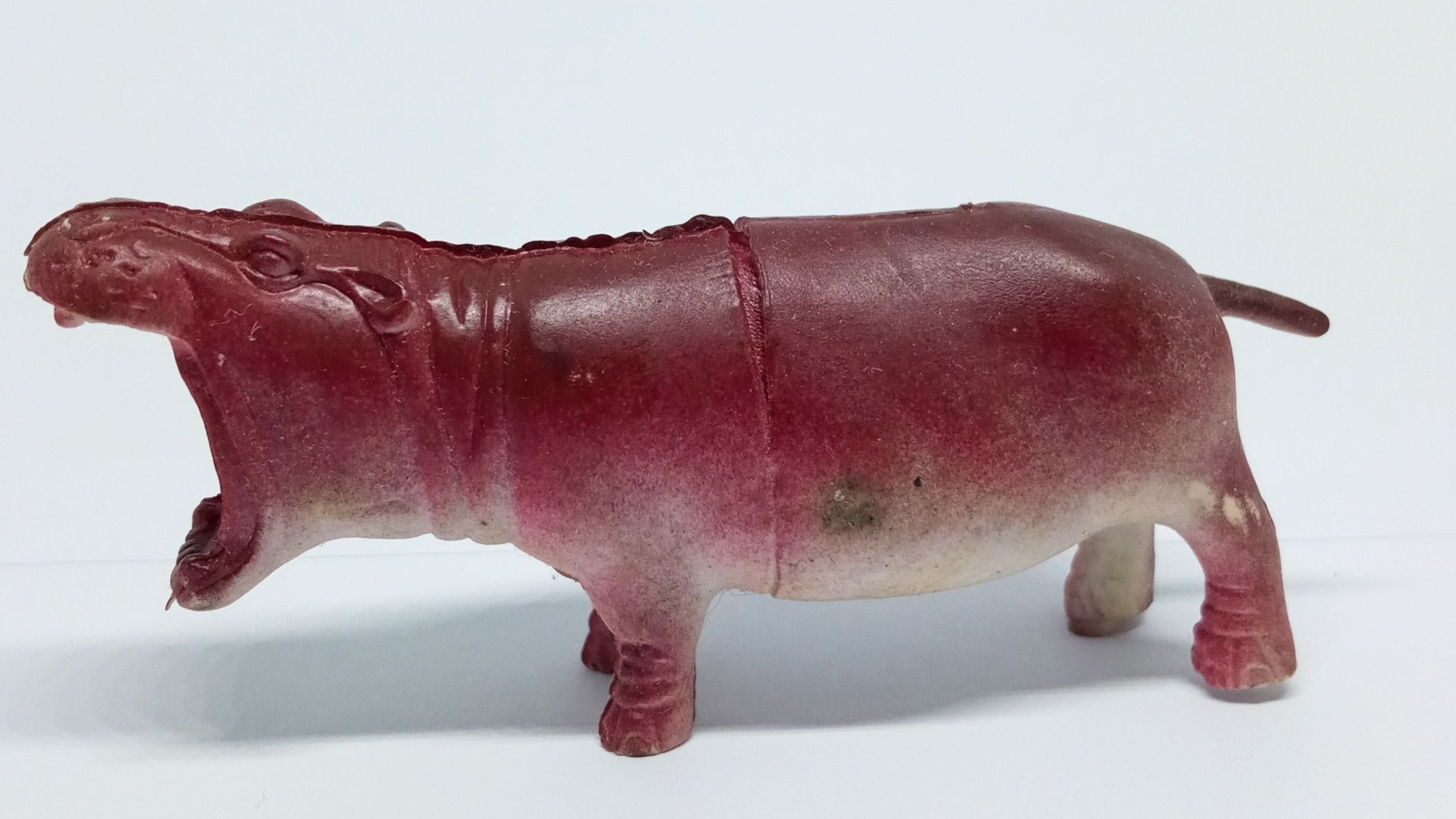
The tiny “house hippo” wandering through kitchens and living rooms remains one of Canada’s most surreal public service ads. It aired in the late 1990s, warning kids about believing everything they see on TV. Narrated like a nature documentary, it showed miniature hippos snacking on crumbs and sleeping in closets. It ended with the unforgettable line: “Don’t believe everything you see on TV.” The ad became a cult classic, symbolizing a generation’s introduction to media literacy. Decades later, people still reference it when spotting obviously fake news, or just whenever something oddly cute appears online.
Heritage Minutes – “I Smell Burnt Toast”
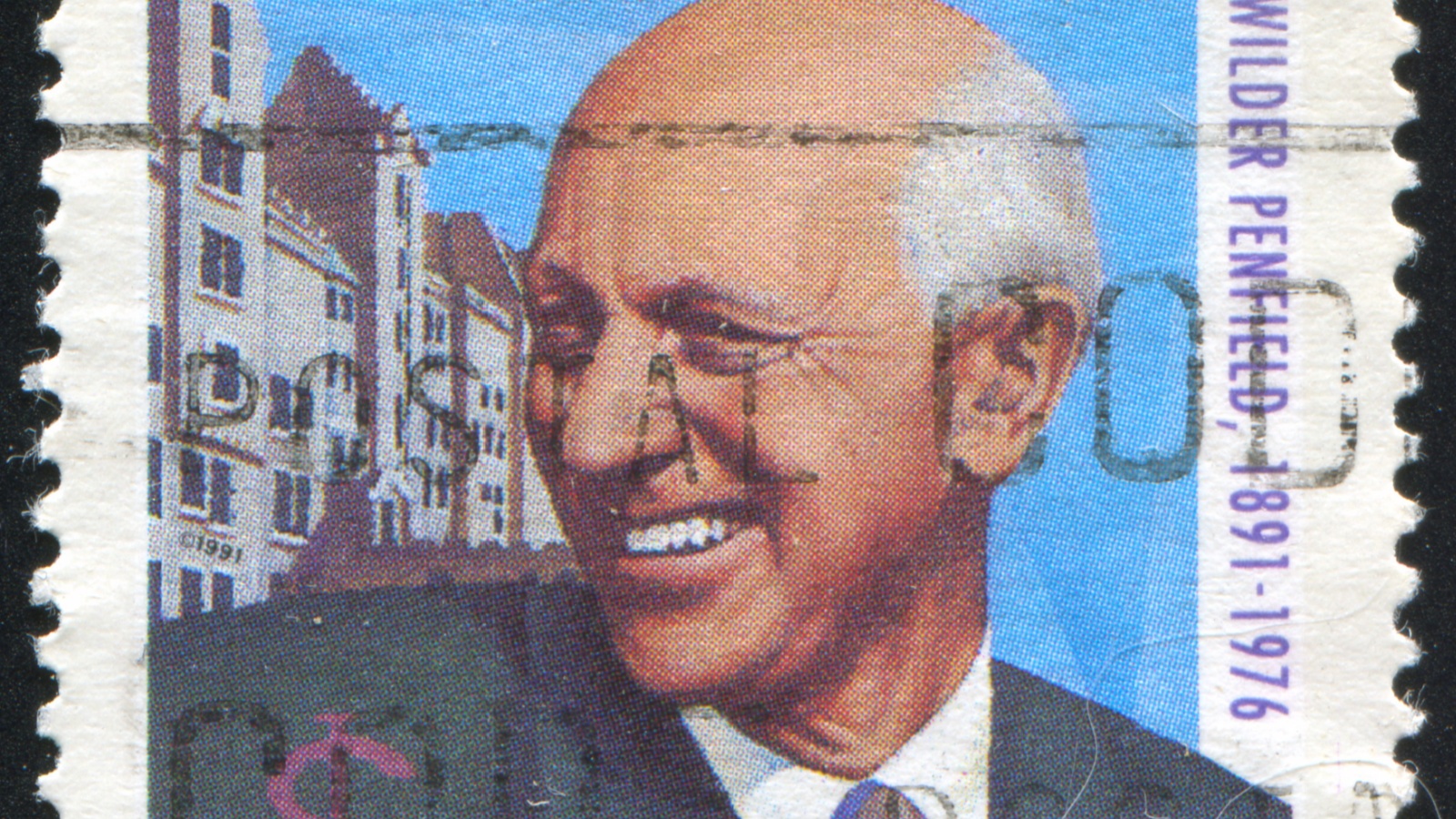
Part of the Canadian Heritage Minute series, this dramatized the story of Dr. Wilder Penfield, a pioneering neurosurgeon. The line “I smell burnt toast!”, uttered by a patient during brain surgery, became iconic. The ad ran through the 90s and was shown endlessly during hockey games and after-school programs. It wasn’t selling anything but Canadian pride and scientific achievement. For many, it was both fascinating and disturbing, cementing its place in Canadian pop culture. It’s now parodied endlessly, from Rick Mercer skits to memes, proving that a simple PSA can last generations.
Molson Canadian – “I Am Canadian”
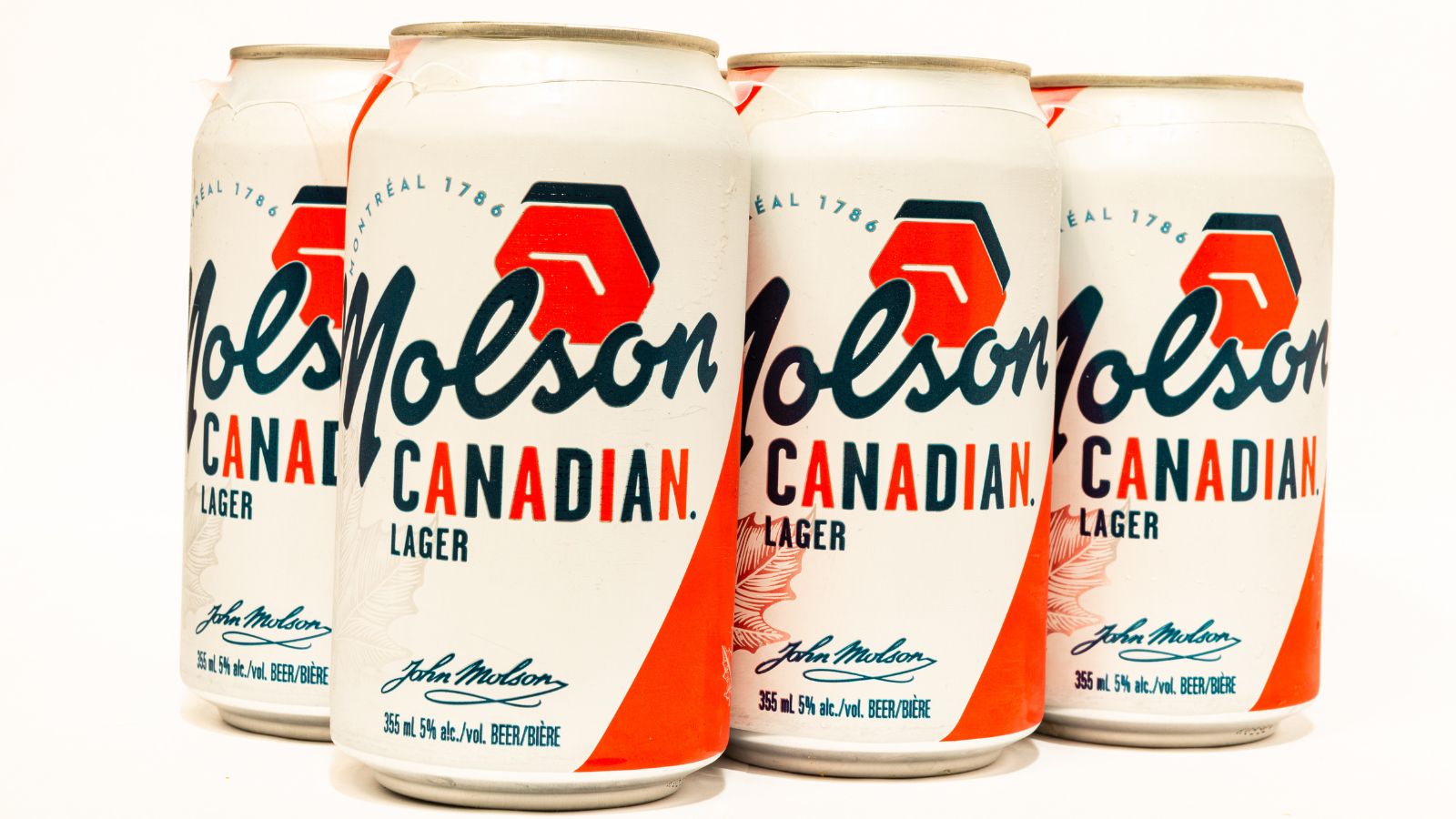
Debuting in 2000, the “Joe Canada” ad from Molson became a national rallying cry. A man named Joe delivered a passionate monologue declaring what being Canadian really meant—denying stereotypes about igloos and Mounties, and proudly claiming cultural quirks like saying “eh.” It struck a patriotic chord just before the internet age exploded. The commercial’s confident tone made it more than a beer ad; it was a statement of identity. Even today, the speech gets quoted during Canada Day events and sports games, representing one of the most unifying moments in advertising history.
Zellers – “Where the Lowest Price Is the Law”
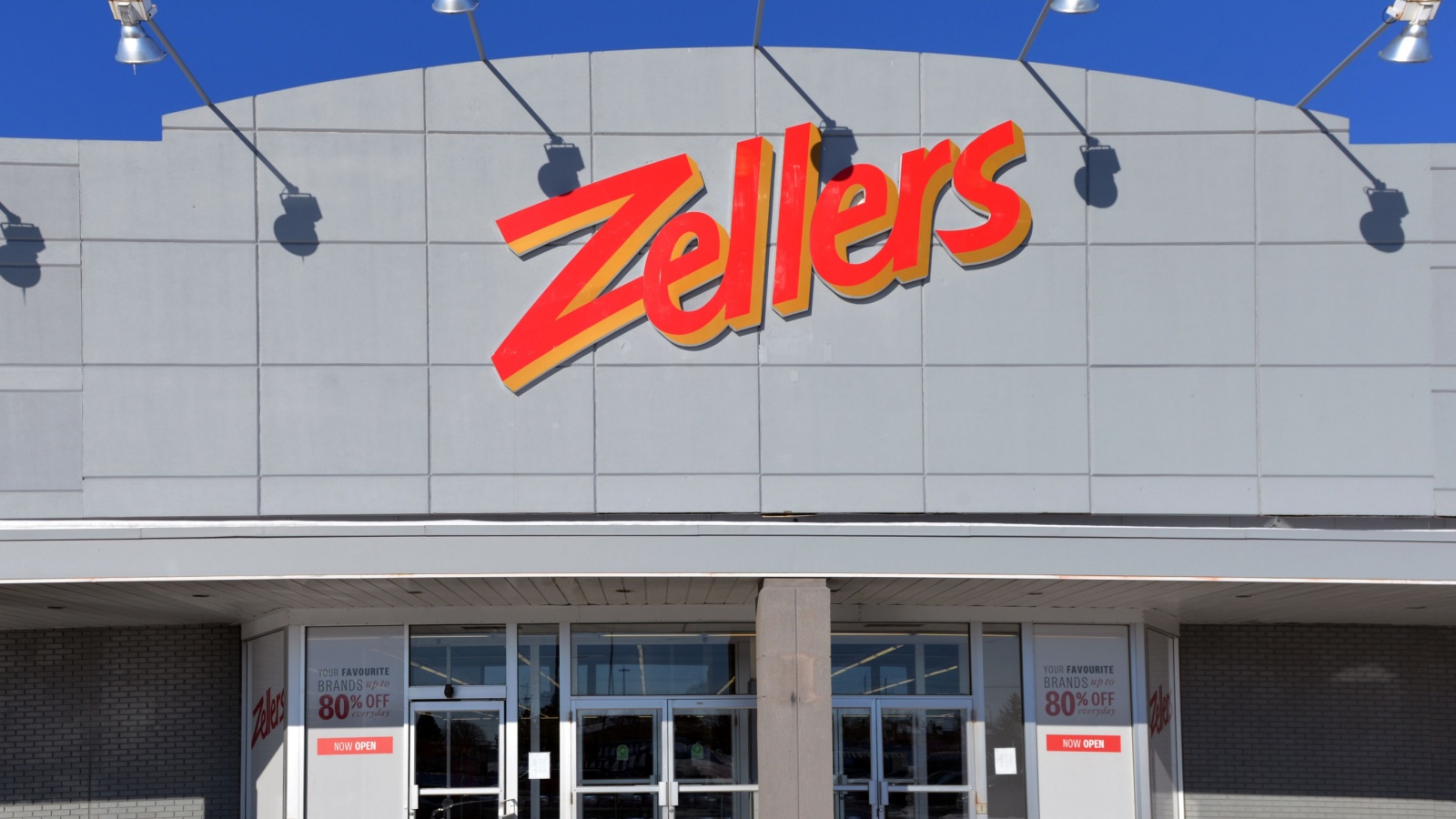
The jingle that anchored this campaign is forever burned into Canadian memory. Zellers commercials ran heavily during the 1980s and 90s, depicting smiling families shopping through aisles while the upbeat chorus played: “Where the lowest price is the law!” It promised affordability and community loyalty, long before Walmart arrived. The tune, cheerful yet commanding, turned Zellers from a department store into a household name. Even after its decline, nostalgia for these commercials runs deep, so much so that when Zellers briefly returned in 2023, fans celebrated by humming that very slogan.
Canadian Tire – “Ted and the Test Centre”

Canadian Tire commercials in the 1990s featured a character named Ted, the ultimate “neighbor who knows everything about tools.” Ted tested products in his backyard, from snowblowers to wrenches, always proving that Canadian Tire gear was the best. The calm, friendly tone made Ted feel like part of the family. These ads connected with middle-class Canadians who prided themselves on practicality and reliability. Ted became so recognizable that “Canadian Tire Guy” memes appeared years later, symbolizing wholesome suburban confidence. It was the kind of advertising that made viewers genuinely trust the brand.
ParticipACTION – “Don’t Just Think About It, Do It!”

ParticipACTION commercials aimed to get Canadians moving, long before fitness apps or wellness influencers existed. Launched in the 1970s and revived through the 1990s, these short clips encouraged citizens to be more active with relatable scenes of families walking, biking, or playing sports. The tagline “Don’t just think about it, do it!” was both motivational and slightly guilt-inducing. It worked; millions still remember it as part of their childhood TV routine. The campaign made fitness a national conversation, proving public health ads could be both memorable and effective.
Smarties – “When You Eat Your Smarties, Do You Eat the Red Ones Last?”
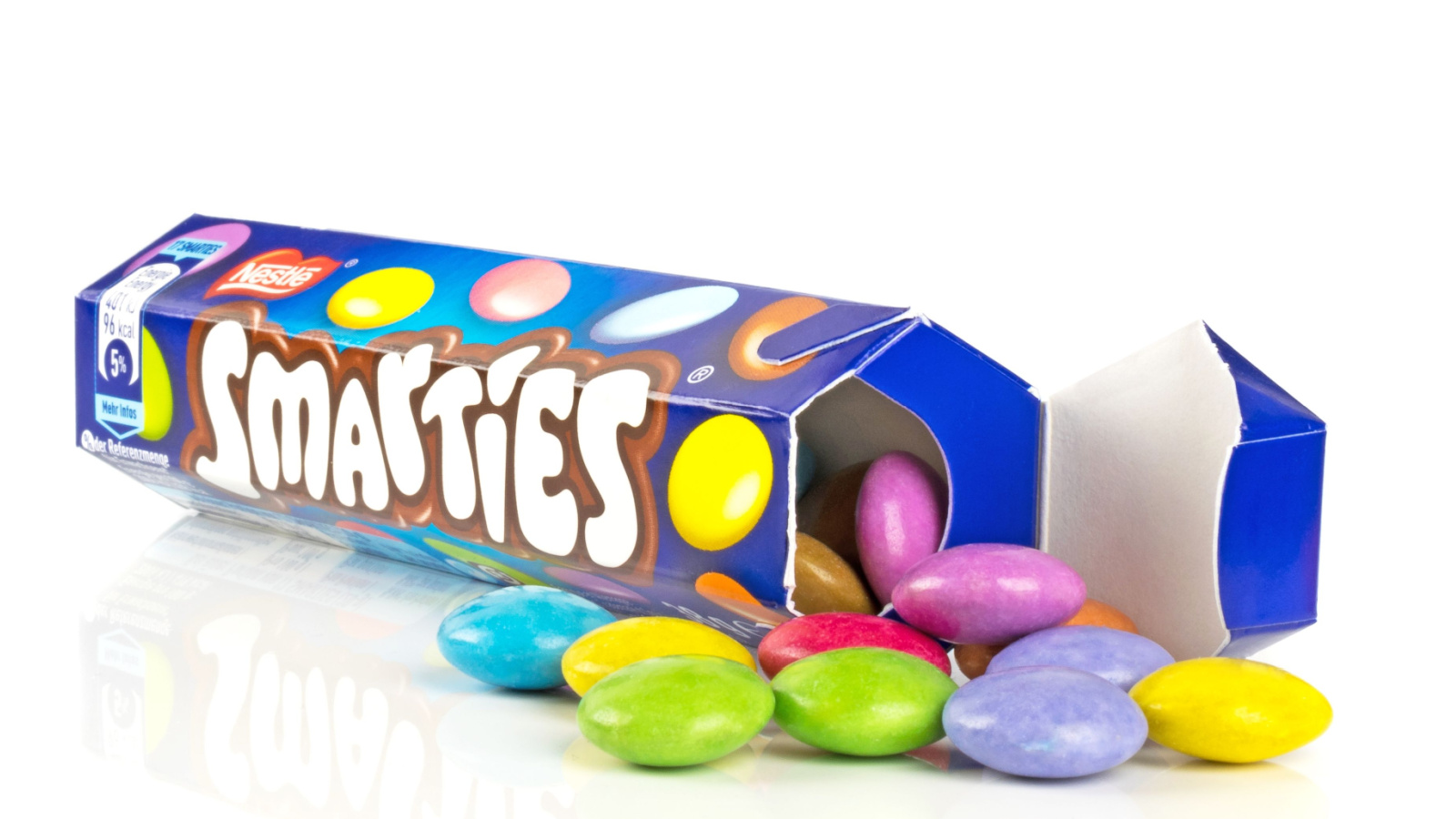
This cheerful jingle defined candy advertising for decades. Smarties commercials from the 1980s and 90s asked Canadians how they ate their Smarties, sparking endless playground debates. The catchy song, complete with colorful animation, made the treat feel uniquely Canadian, especially since the formula differed from the U.S. version. The campaign played on fun individuality while embedding the brand deeply in childhood nostalgia. Even today, the red ones still get saved for last by those who grew up humming that unforgettable tune during Saturday morning cartoons.
President’s Choice – “Decadent Chocolate Chip Cookies”
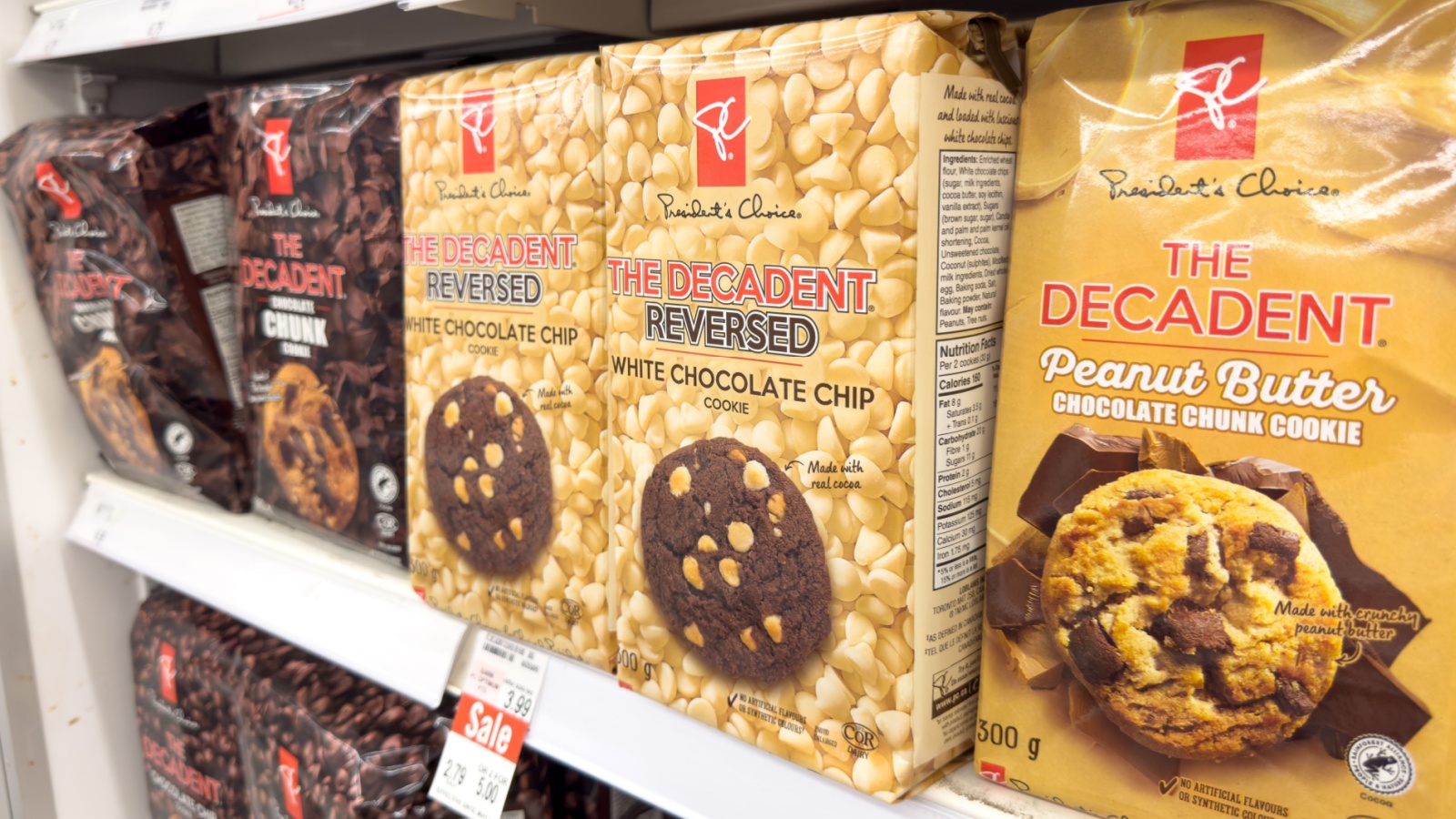
In the 1990s, President’s Choice revolutionized grocery branding, and its cookie commercials were a key reason why. The ads focused on quality over flash, with slow-motion shots of chocolate chips melting and voiceovers describing taste with near-scientific precision. Viewers trusted the brand because the tone felt intelligent, not salesy. The message was clear: you didn’t need a fancy brand name for gourmet flavor. It made private labels feel premium, an idea ahead of its time. Today, “The Decadent” remains an icon of Canadian grocery nostalgia, fondly remembered by those who begged for it during weekly shopping trips.
Becel – “Love Your Heart”
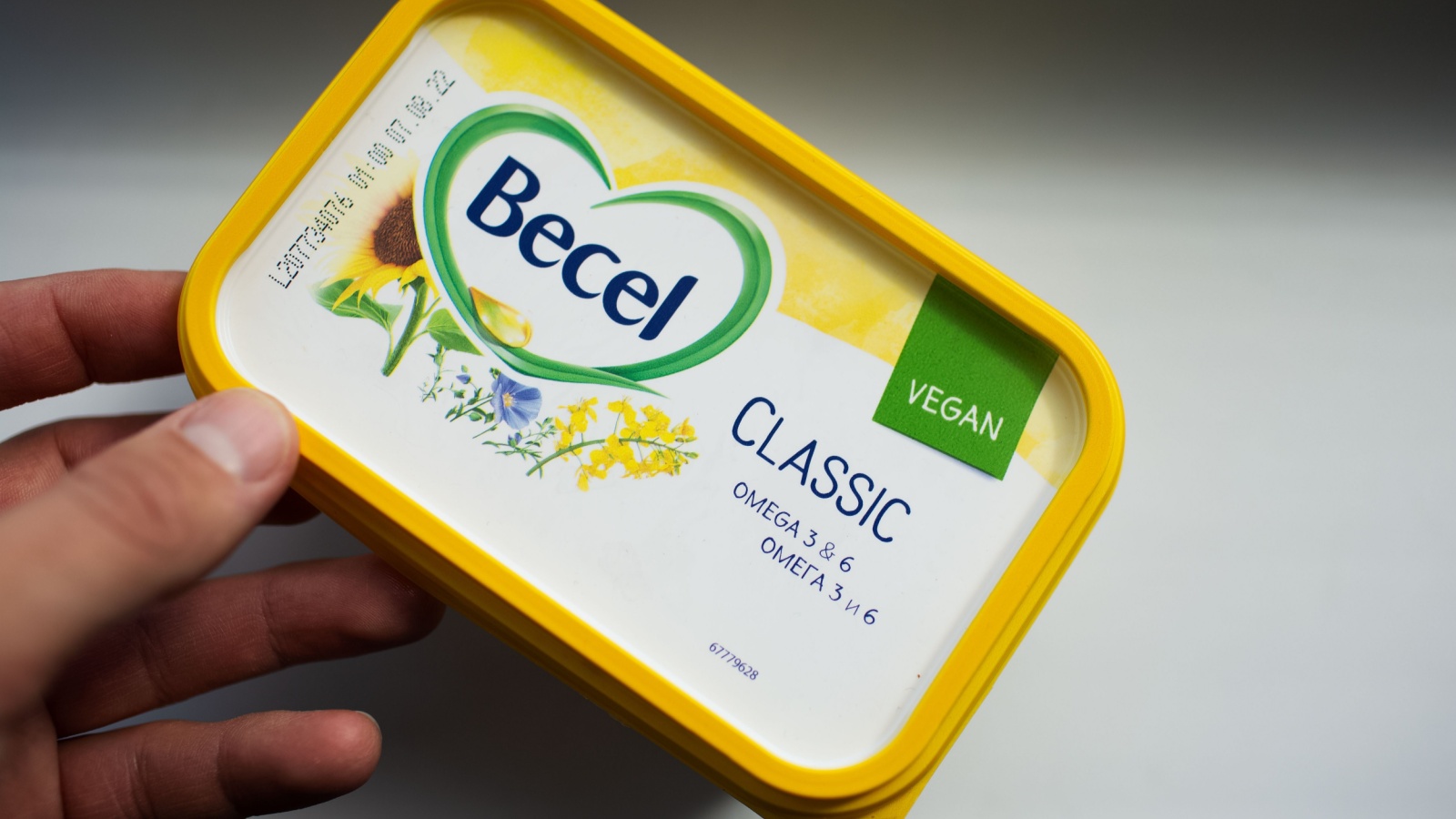
Heart health might not sound like prime-time material, but Becel managed to make it unforgettable. The ads in the late 1990s and 2000s featured upbeat music, healthy-looking actors, and a focus on self-care long before “wellness” became trendy. The repeated line “Love your heart” encouraged people to choose Becel margarine as part of a healthy lifestyle. The visuals, smiling families jogging or laughing at breakfast, created a sense of positivity that stuck with viewers. Even now, health-conscious Canadians over 30 instantly recall that soothing voiceover and its gentle reminder to make better choices.
Mr. Sub – “You Deserve It”
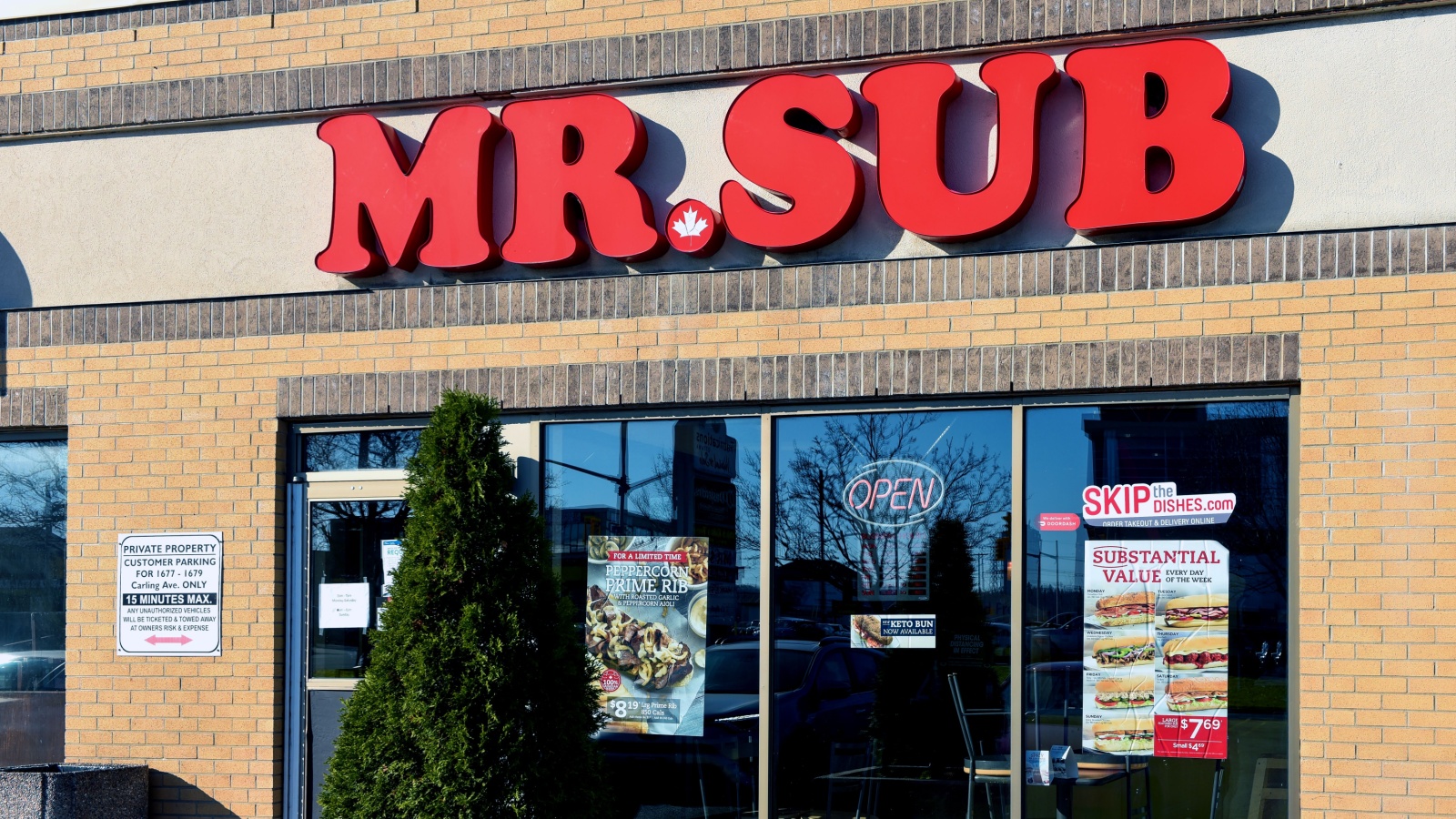
Before the fast-food wars heated up, Mr. Sub’s 1990s commercials stood out for their casual confidence. With the tagline “You deserve it,” the brand positioned its sandwiches as a reward for everyday hard work. The ads often showed office workers escaping dull meetings or students celebrating small victories with a fresh sub. They reflected relatable, everyday moments and delivered them with a warm tone. Mr. Sub didn’t rely on flash; it focused on authenticity. That approach made its message feel personal, a rare quality in food advertising of that era.
Toronto Zoo – “The Panda Years”
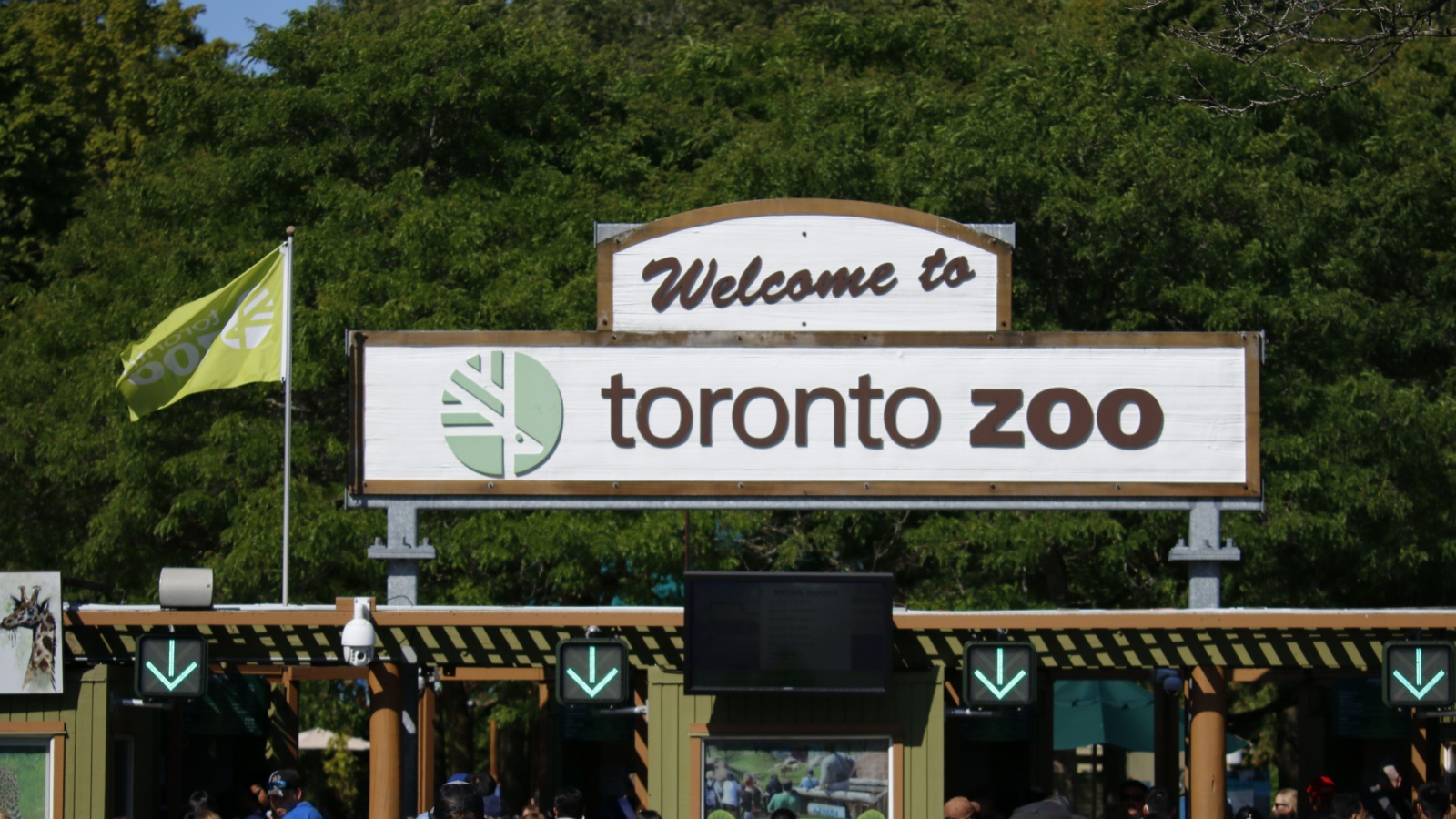
When the Toronto Zoo hosted pandas in the 1980s and early 90s, commercials promoting the exhibit became a national event. The ads featured adorable panda footage paired with dramatic orchestral music and excited narrators urging families to visit. The campaign successfully made the zoo a must-see attraction, and for many children, these ads marked their first memory of seeing pandas. They represented a time when family outings were advertised with genuine wonder rather than influencer-style hype. Even now, the “Panda Years” commercials spark nostalgia for a simpler era of Canadian childhood adventure.
Tim Hortons – “Every Cup Tells a Story”
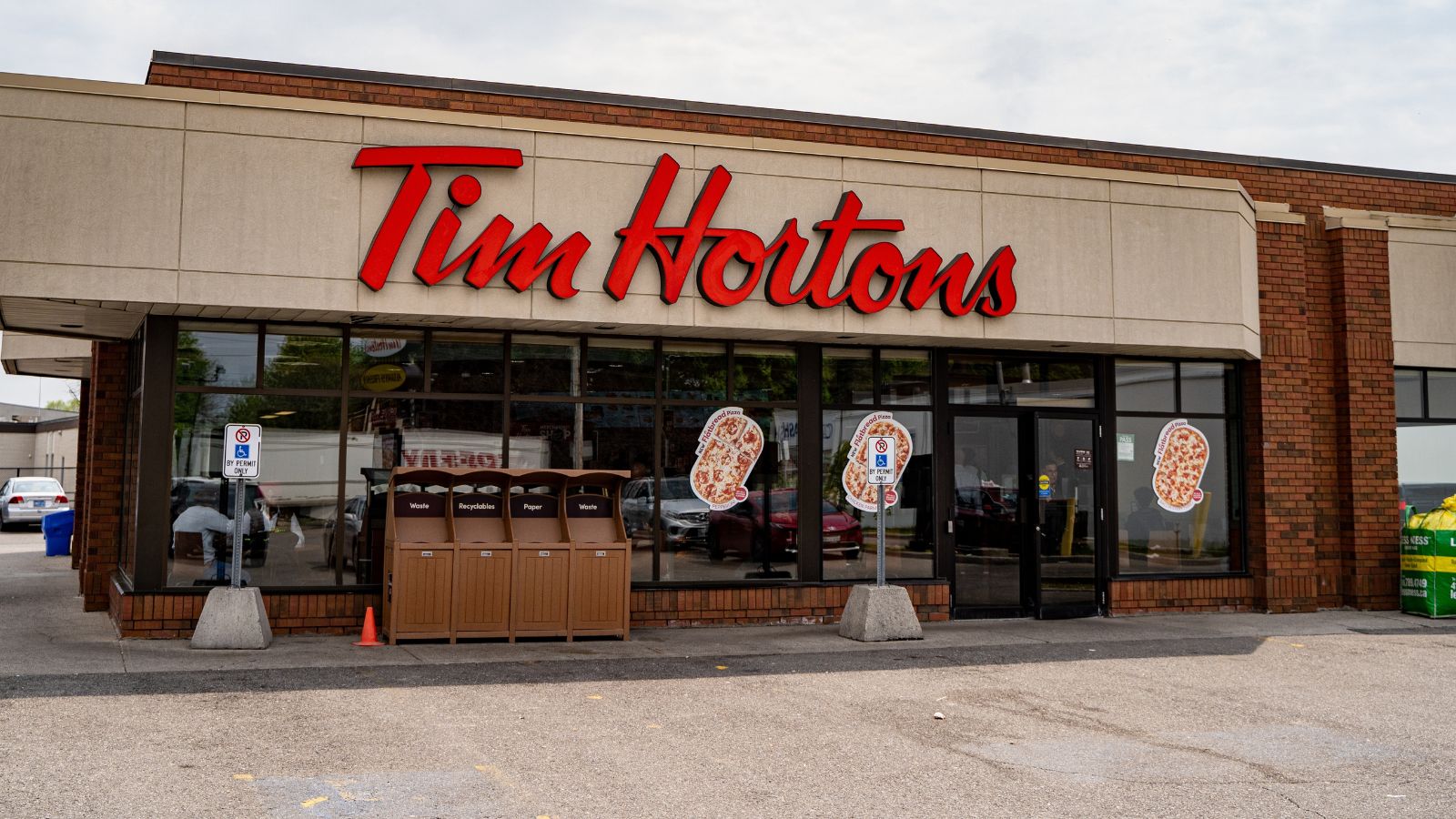
Tim Hortons mastered emotional storytelling in its 1990s and 2000s commercials. Instead of just selling coffee, they sold community, friends reuniting at the rink, parents grabbing coffee after school drop-off, or immigrants finding a piece of home. The slogan “Every cup tells a story”Turned a morning beverage into a national symbol of warmth and belonging. These ads struck emotional chords without feeling manipulative, making Tim’s a cornerstone of Canadian identity. They were less about caffeine and more about connection, something older viewers still appreciate whenever they see that steaming cup on screen.
K-Tel Record Collections – “As Seen on TV”
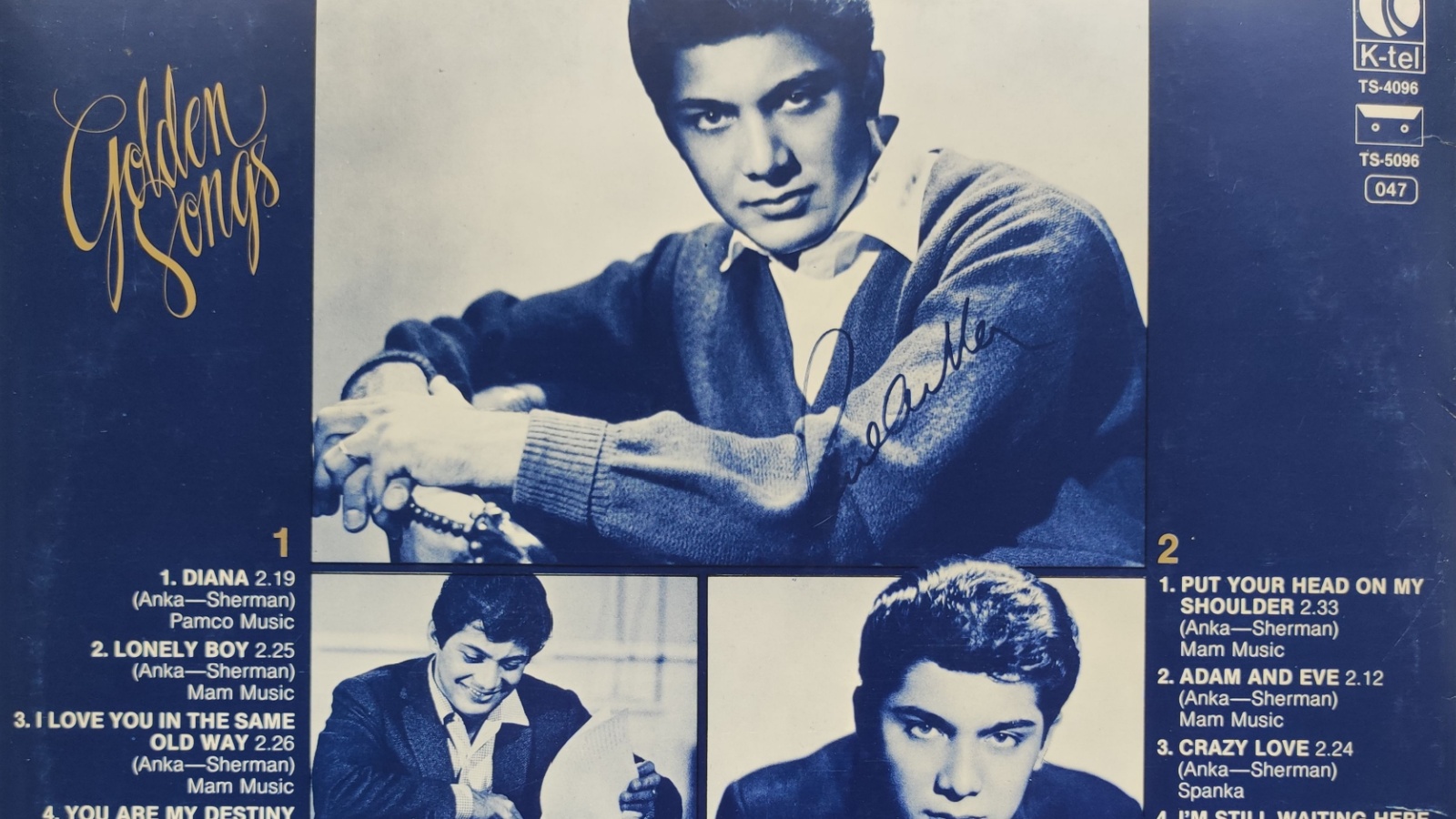
K-Tel’s infomercial-style ads were a fixture in the 70s and 80s, promising “all your favorite hits on one record!” They featured flashy graphics, scrolling song titles, and enthusiastic narrators listing tracks like “Sailing” and “Disco Fever.” The high-energy delivery made them impossible to ignore. Even if you didn’t buy the albums, you remembered the presentation. K-Tel’s commercials essentially invented the modern “greatest hits” infomercial and influenced how music was marketed for decades. For many Canadians, these ads were their first glimpse of pop music marketing at full throttle.
Cineplex Odeon – “Feature Presentation”

Before streaming, going to the movies meant watching that glowing “Feature Presentation” animation with orchestral fanfare. The Cineplex Odeon bumper wasn’t selling popcorn, it was selling excitement. That metallic logo swooping across the screen meant the main event was about to begin. It played before every blockbuster from Jurassic Park to Titanic, and Canadians over 30 still feel a thrill when they hear the music. The design was futuristic for its time, making a simple intro into an emotional cue that defined movie-going for a generation.
A&W – “Burger Family”
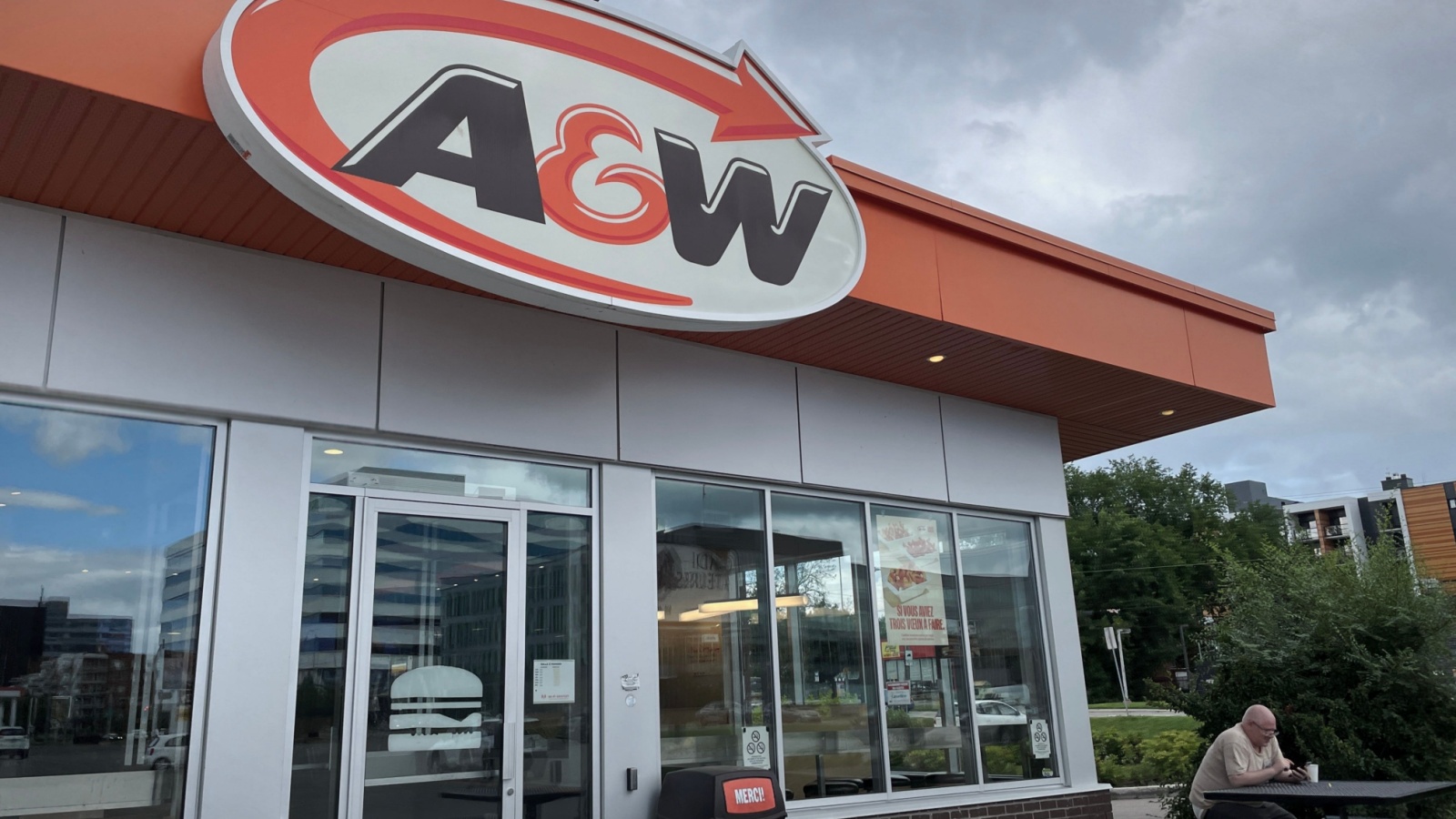
The A&W “Burger Family” campaign was pure 90s charm. Ads introduced characters like Papa Burger, Mama Burger, and Teen Burger, each with its own personality. The light humor and catchy jingles made the brand instantly recognizable. By humanizing the menu, A&W stood out from competitors relying solely on product shots. Later revivals of the campaign leaned into nostalgia, proving how strong those original commercials were. Even those who haven’t eaten there in years remember those cheerful family-themed ads that made fast food feel homey rather than corporate.
Bell – “Sympatico Internet”
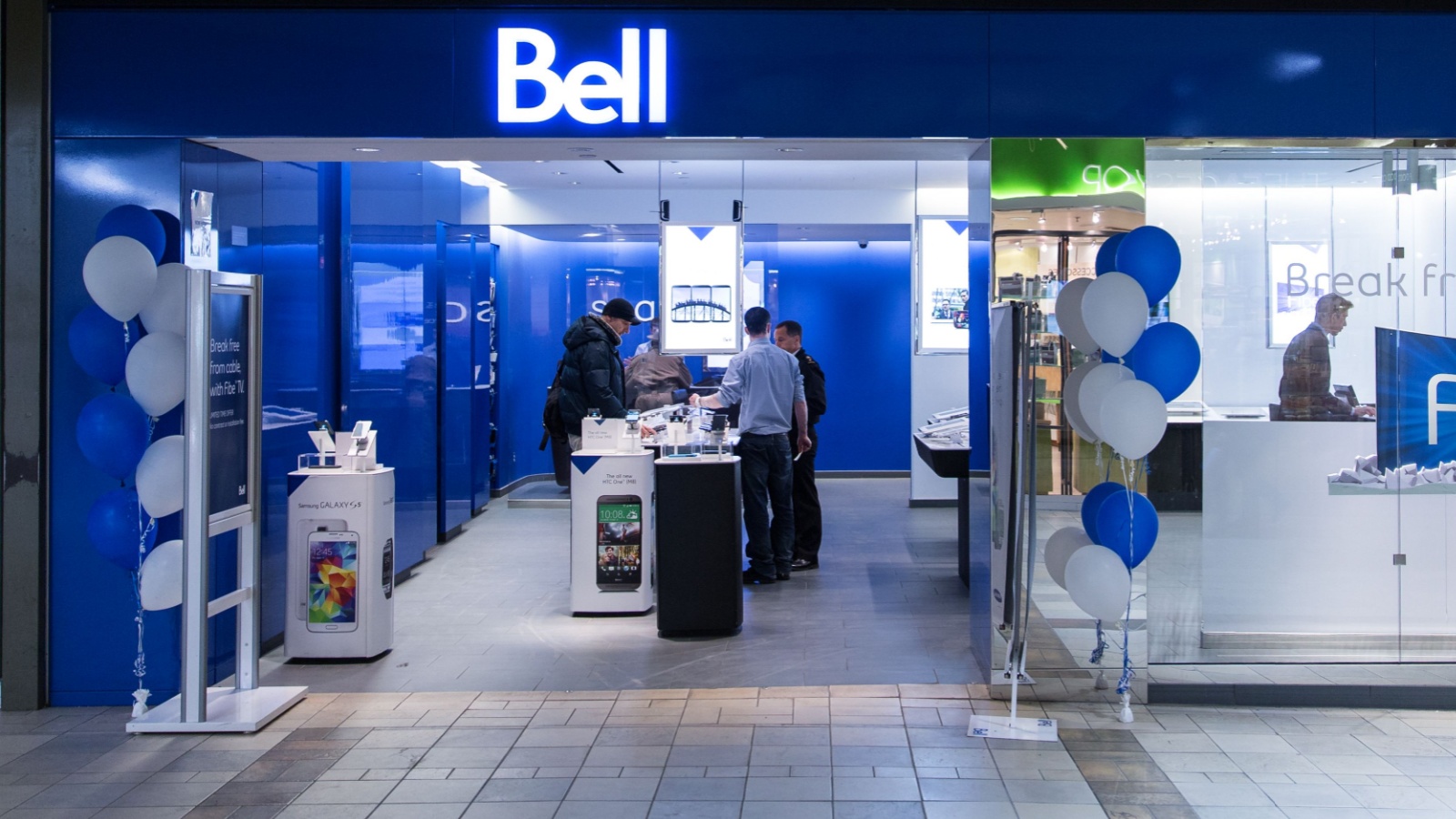
In the late 1990s, Bell’s Sympatico commercials introduced Canadians to the wonders of dial-up internet. Ads showed families discovering email or downloading their first song, usually accompanied by the nostalgic screech of a modem. The cheerful tone made technology seem approachable and futuristic at once. These commercials marked Canada’s digital awakening, reflecting both excitement and slight confusion about what “the web” really was. For anyone who grew up hearing “You’ve got mail!” soon after, those Bell ads feel like a time capsule from the birth of the online era.
Maple Leaf Foods – “We’re Proud to Be Canadian”
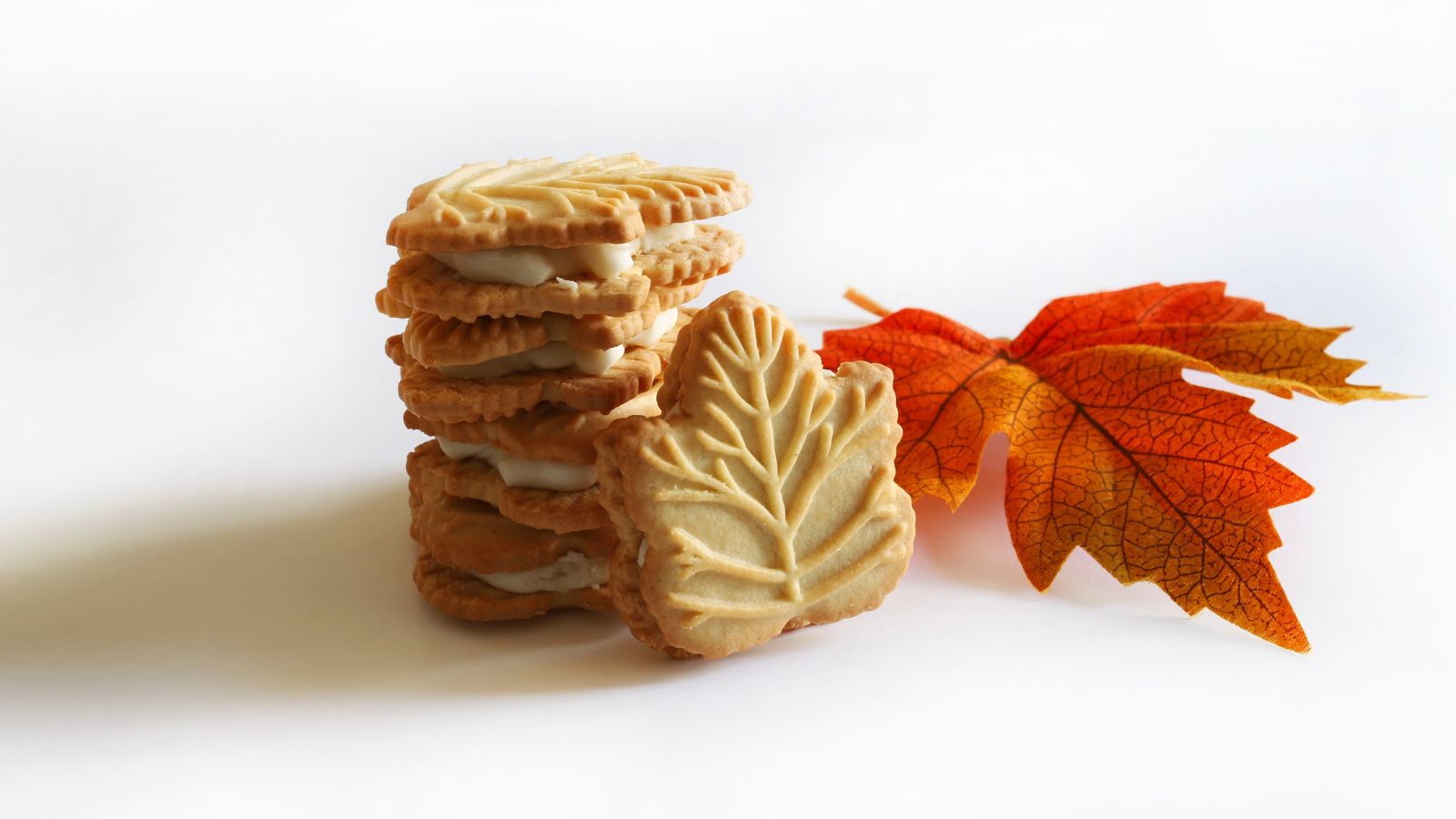
Maple Leaf Foods ads in the 1990s blended national pride with family values. They often featured home-cooked dinners, soft lighting, and smiling parents serving sandwiches made with “quality you can trust.” The slogan “We’re proud to be Canadian” wasn’t flashy, but it resonated deeply. It appealed to a sense of shared identity and reliability, a theme common in that era’s commercials. The campaign’s consistency-built decades of brand trust, making it one of the longest-running and most beloved food advertising efforts in Canadian history.
Toucan Sam for Froot Loops
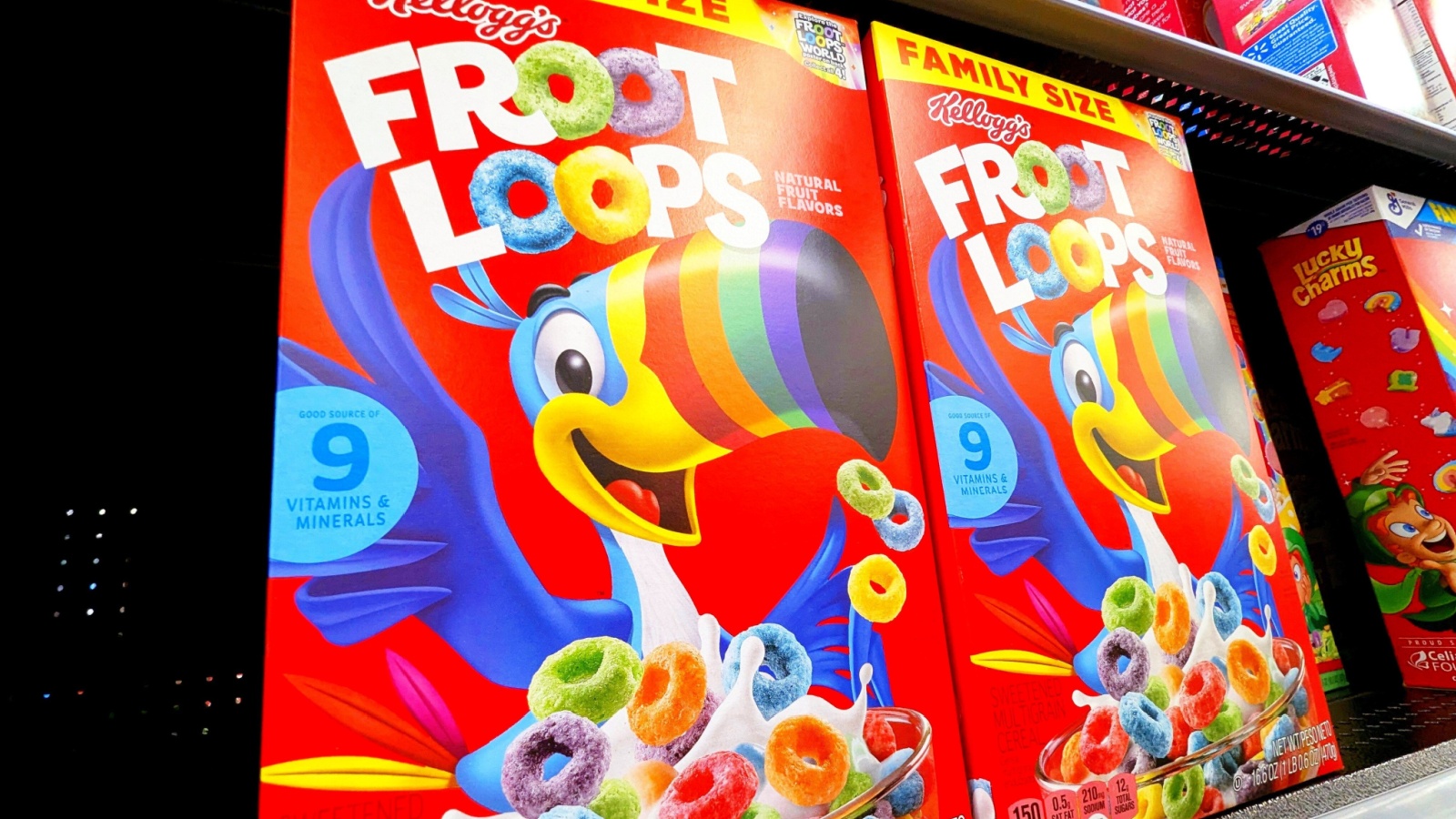
While technically an international mascot, Toucan Sam’s voice and the cereal’s commercials were localized in Canada, making them feel homegrown. The bright animation, jungle adventures, and “Follow your nose!” tagline captivated kids during Saturday morning cartoons. The blend of whimsy and repetition turned breakfast into a daily event. Though part of a global campaign, the Canadian versions often included bilingual packaging shots and distinctly local accents, making them uniquely familiar. For anyone who grew up watching YTV or Teletoon, these ads were the sweet soundtrack of childhood mornings.
Canadian Armed Forces – “Strong, Proud, Free”
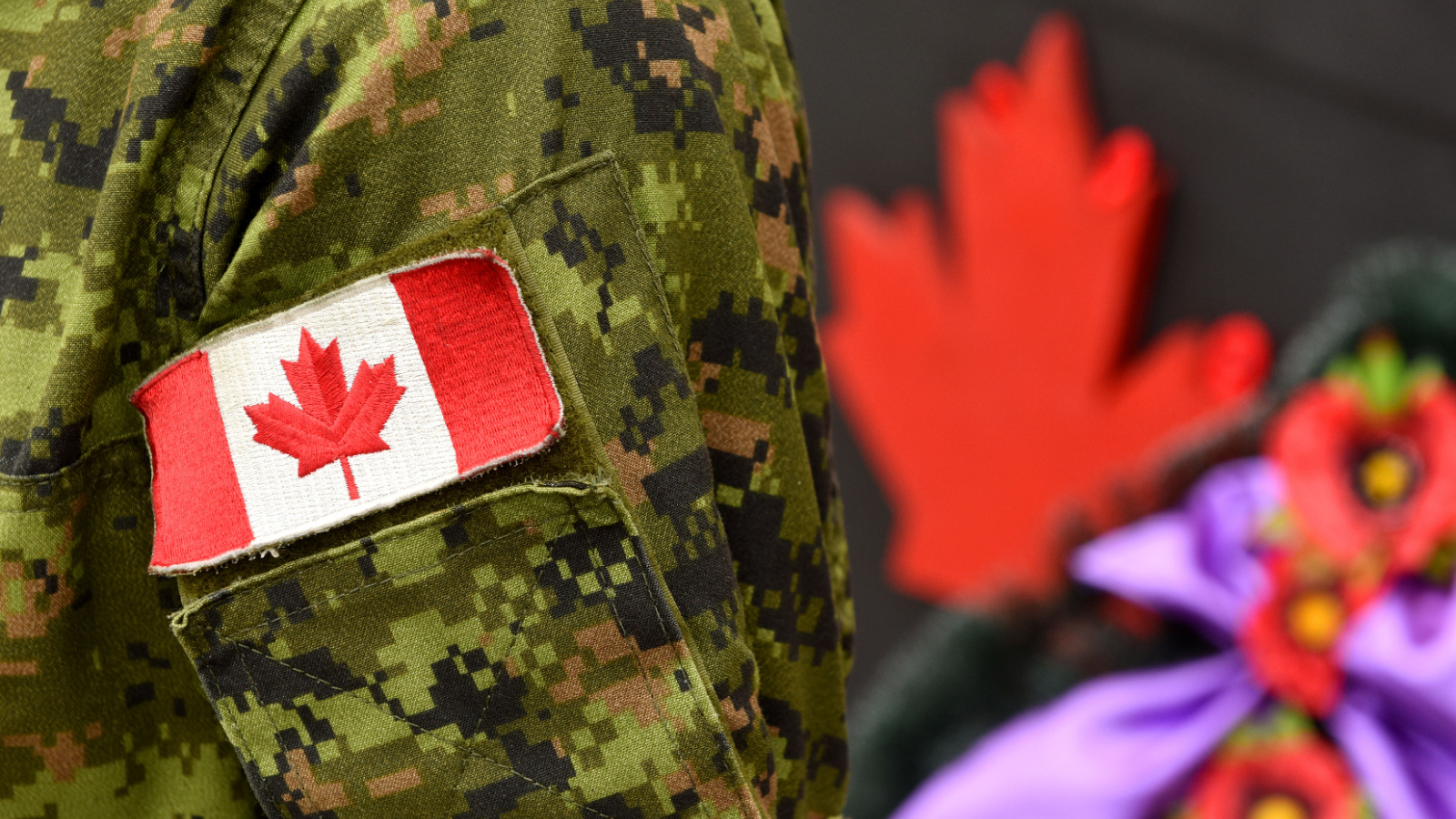
Recruitment ads for the Canadian Armed Forces were serious, cinematic, and hard to forget. Airing heavily in the 1990s, they featured dramatic footage of jets, training drills, and teamwork, all backed by a rousing soundtrack. The slogan “Strong, Proud, Free” encapsulated both patriotism and purpose. For many young Canadians, these commercials sparked early thoughts about service and discipline. They stood out amid lighthearted ads, giving a rare sense of gravitas to TV breaks dominated by cereal and toys. Their legacy continues in modern recruitment campaigns inspired by the same tone.
Kraft Dinner – “Gotta Be KD”
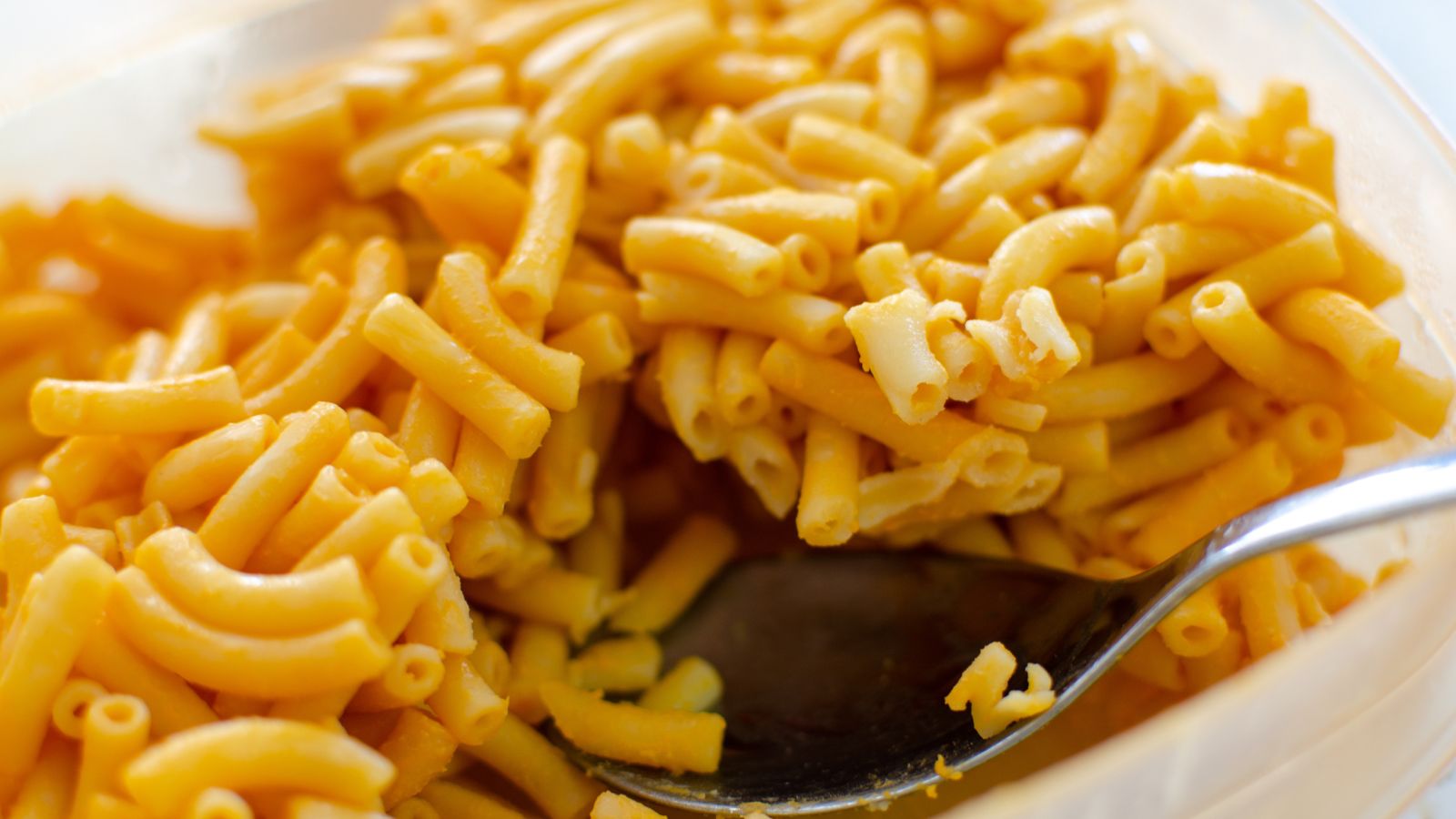
The Kraft Dinner ads of the 90s and early 2000s celebrated comfort food before the term even existed. Bright yellow boxes, playful jingles, and families bonding over mac and cheese made KD synonymous with simple joy. The tagline “Gotta be KD” became part of everyday speech, solidifying its place in pop culture. The commercials captured the essence of affordable happiness, a quick meal that everyone loved. Even as food trends evolved, the nostalgia tied to those bright orange noodles remains unmatched. It wasn’t just dinner; it was childhood in a bowl.
PSA – “Don’t You Put It in Your Mouth”

This early 1990s PSA featured two blue fuzzy puppets singing a slightly terrifying but catchy song about not eating unknown substances. With lyrics like “Don’t you put it in your mouth!” it aimed to teach kids about safety. Despite (or because of) its bizarre puppetry and unsettling tune, the ad became unforgettable. It’s been referenced on social media for years as both horrifying and hilarious. The campaign’s effectiveness lay in its absurdity, it made sure no child ever forgot the rule, even decades later. A weird, wonderful piece of Canadian public education.
21 Products Canadians Should Stockpile Before Tariffs Hit

If trade tensions escalate between Canada and the U.S., everyday essentials can suddenly disappear or skyrocket in price. Products like pantry basics and tech must-haves that depend on are deeply tied to cross-border supply chains and are likely to face various kinds of disruptions
21 Products Canadians Should Stockpile Before Tariffs Hit
